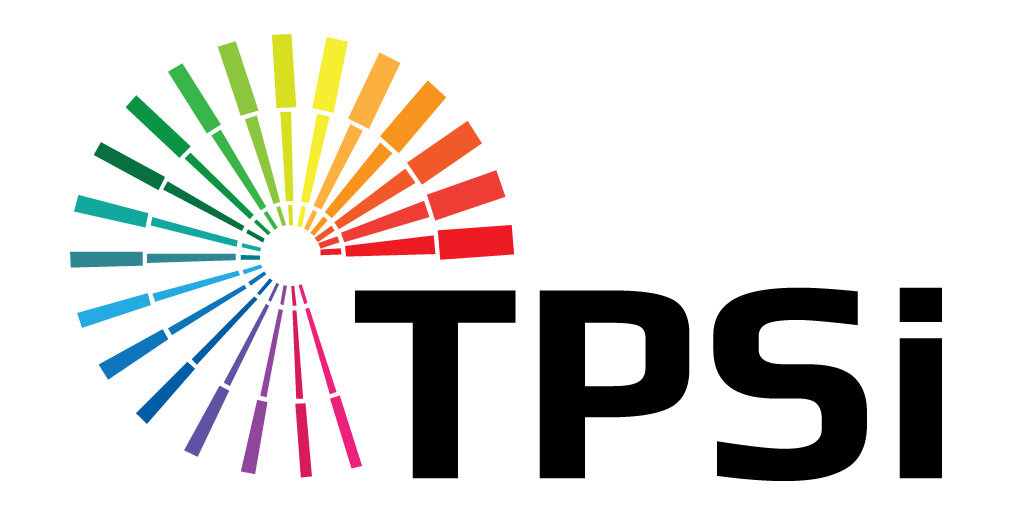Tracking the return on investment (ROI) from postcard marketing campaigns allows businesses to evaluate their effectiveness and make data-driven improvements. Accurate ROI measurement combines tracking tools, response data, and cost analysis to understand which strategies deliver the best results.
Step 1: Define Campaign Objectives
Begin by defining what success looks like for your campaign. Objectives might include generating sales, driving website visits, collecting leads, or promoting in-store traffic. Setting clear goals ensures you track meaningful data rather than broad, unquantifiable outcomes.
Step 2: Establish Measurable Performance Metrics
Identify the key performance indicators (KPIs) that will show success. Common postcard campaign metrics include response rate, conversion rate, cost per lead, and total revenue generated. These measurable outcomes form the foundation for calculating ROI.
Step 3: Use Trackable Elements
Incorporate unique tracking mechanisms into your postcards. Popular options include:
- QR Codes: Direct recipients to a unique landing page.
- Personalized URLs (PURLs): Track individual responses through custom website links.
- Coupon or Promo Codes: Attribute sales directly to mailed offers.
- Call Tracking Numbers: Measure inbound calls resulting from postcard responses.
Using distinct tracking tools ensures every response is accurately tied to the correct campaign.
Step 4: Sync Tracking with Mailing and Delivery Data
Coordinate your campaign’s tracking with delivery data to determine when and where responses occur. USPS Informed Visibility and Informed Delivery services provide real-time mail tracking and open rate analytics. This integration helps identify response patterns and ensures accurate timing of follow-up activities.
Step 5: Analyze Response Rates and Conversion Data
After collecting data, calculate response rates by dividing the number of responses by the total postcards mailed. Compare these results with conversion metrics—such as purchases or inquiries—to assess effectiveness. Segmenting your data by region, audience, or offer can reveal valuable performance insights.
Step 6: Calculate ROI
Use a simple formula to determine ROI:
ROI = (Revenue Generated - Campaign Cost) ÷ Campaign Cost × 100
For example, if a campaign costs $5,000 and generates $15,000 in revenue, the ROI is 200%. Positive ROI indicates profitable performance, while lower or negative ROI can guide adjustments to targeting or creative strategy.
Step 7: Optimize Future Mailings
Use the insights from your analysis to improve future campaigns. Testing new designs, offers, or audience segments through A/B testing helps identify what drives the highest returns. Continual measurement ensures ongoing optimization and stronger long-term performance.
